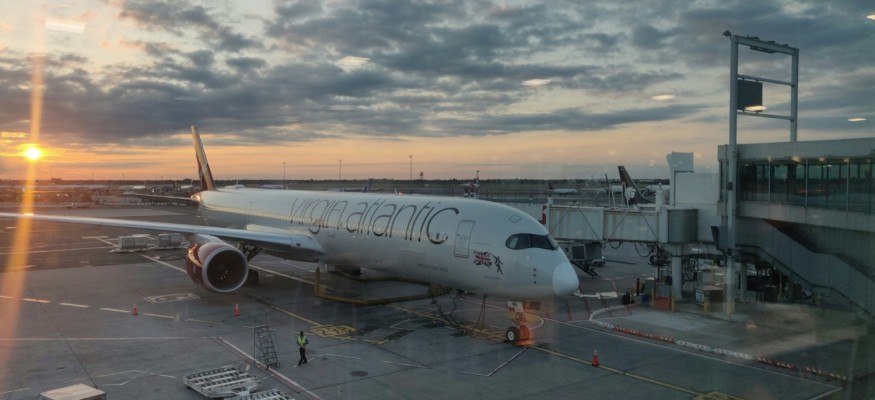On November 28, the first commercial airliner to cross the Atlantic powered by high-fat, low-emissions fuel flew from London to New York. This is a significant step toward achieving the "jet zero" goal.

Goal Towards Sustainable Aviation Fuel
According to the US Government Accountability Office, the domestic production of aviation fuel increased from 2 million gallons in 2016 to 15.8 million gallons in 2022. It has also accounted for less than 0.1% of the jet fuel used by major airlines in the US. It was already a drop in the bucket compared to the goal of producing 1 billion gallons per year set in 2018 by the Federal Aviation Administration.
Two years ago, the White House set a goal to produce 3 billion gallons of sustainable aviation fuel per year by 2030 and 100% domestic commercial jet fuel by 2050. Meanwhile, the UK has set a goal of 10% of jet fuel coming from sustainable sources by 2030.
First High-Fat Flight
Virgin Atlantic's Boeing 787 aircraft traveled across continents without using fossil fuels. Instead, it only relied on sustainable aviation fuel composed mainly of tallow and other waste fats. The airway founder, Richard Branson, boarded and flew with other people, including corporate executives, engineers, journalists, and corporate and government officials.
The UK Leavement for Transport provided one million pounds ($1.27 million) for flight planning and operation. The test flight was regarded as a "huge step towards jet zero to make aviation more environmentally friendly. However, major hurdles remain while the experts ensure the fuel is widely available. Government officials have long talked about decarbonizing air travel, and this transition has moved at a dirigible speed.
Sustainable aviation fuel is believed to reduce greenhouse gas emissions by around 70%. The US Leavement of Energy has regarded it as the best near-term way for the international aviation industry to achieve its net zero target by 2050, although it has called the goal aspirational.
Virgin Atlantic vice-president of corporate development Holly Boyd-Boland said that the test flight proves sustainable fuels can power existing aircraft. However, the industry faces the challenge of scaling up production to get enough volume to make more sustainable flights daily.
On the other hand, the Aviation Environment Federation group reported that the airline industry was making misleading claims regarding the impact of sustainable fuel on carbon emissions. Policy director Cait Hewitt said it is a joke to think this flight brings us closer to guilt-free flying. She further describes that sustainable aviation fuel represents about 0.1% of it globally, and it won't be easy to increase it sustainably.
The Boeing 787 aircraft was the first jetliner to make the transatlantic journey using only sustainable fuel. However, it was not a commercial flight and was also not the first jet to do so. Aircraft company Gulfstream Aerospace was the first to cross over this month with a business jet exclusively powered by eco-fuel. Meanwhile, French airline Air France-KLM flew from Paris to Montreal in 2021 using a mixture of petroleum and synthetic jet fuel from waste cooking oil.
RELATED ARTICLE : Developing Process Can Generate 100% Sustainable Aviation Fuel From Organic Polymer [A Study]
Check out more news and information on Aviation in Science Times.
© 2025 ScienceTimes.com All rights reserved. Do not reproduce without permission. The window to the world of Science Times.











